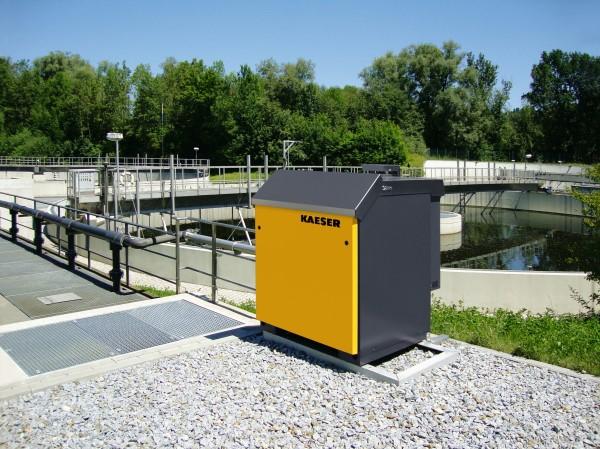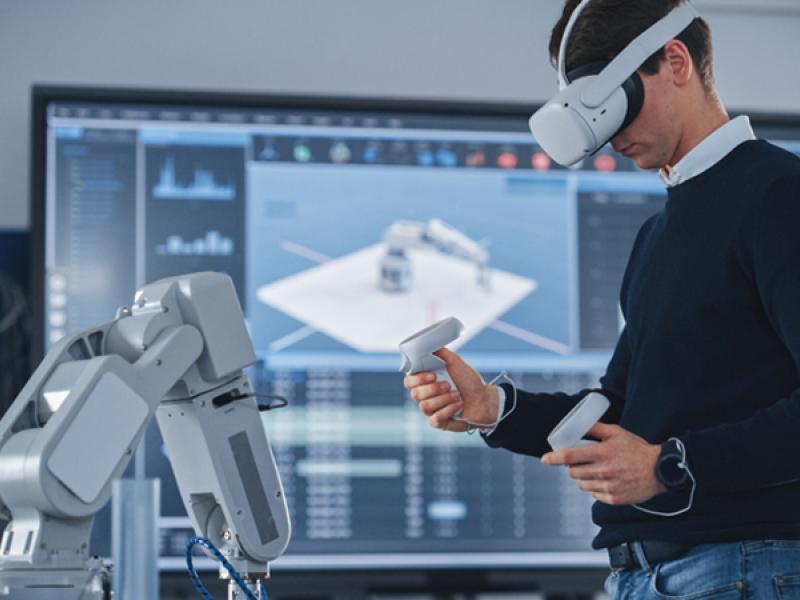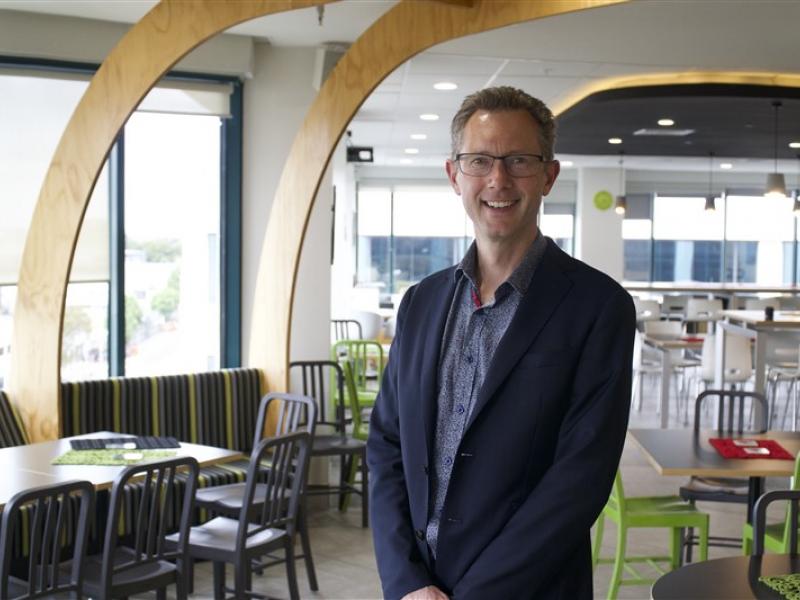With the Water NZ Conference & Expo just around the corner, here Kaeser Compressors shares an excerpt from its recent whitepaper ‘How to achieve optimum aeration efficiency and reliability - A guide for Wastewater Treatment Plants’. This paper looks at three key factors which can assist a WWTP in optimising the efficiency and reliability of their blower aeration process.
Blower air is indispensable to the biological processes that take place in a wastewater treatment plant (WWTP). Blower system integration - on both the blower and the system level - is essential in order to maximise energy efficiency and reliability, ensuring that this critical service is readily available for the communities that the WWTP serves.
Each step of the wastewater treatment process is vital in ensuring that water is properly purified. Effluent ends up in a WWTP - which contains substances such as pulp, food and waste - that must be removed before the water can be properly cleaned and returned for use. After this stage, the water then requires further scrubbing with the aid of bacteria. It is at this stage that compressed air plays a vital role.
Identifying the need for reliable and efficient blower aeration
Wastewater treatment plants mirror the biological self-cleaning process that occurs in natural waters - although faster than Mother Nature! Bacteria are added to the wastewater at the start of the process in order to speed up clarification. These microscopic assistants take care of the cleaning work. To do so however they require oxygen.
Oxygenation in wastewater treatment plants is carried out by injecting streams of fine air bubbles through the water. The best tried-and-tested method to achieve this is by using compressed air generated by rotary blowers. Why? Because this application normally requires a gauge pressure of only approximately 500 mbar.
As positive displacement machines, rotary lobe blowers displace air rather than compressing it. In this way, the pressure generated is no higher than actually needed. As a result, there is no over-compression or generation of unnecessarily high pressure. Greater pressure means greater costs. With energy the single highest operating cost in a WWTP, and the energy to operate blowers for aeration being the largest energy consumer - it therefore pays to be efficient.
Additionally, ensuring a dependable source of compressed air at all times is absolutely critical. The WWTP’s biological processes require a constant supply, and large amounts, of oxygen. The success of the water purification process depends entirely on continuity, after all microorganisms can only perform their work if their life cycle is uninterrupted. If their air supply is cut off - the bacteria die. And, any interruption will lead to a breakdown in the clarification process. If this happens, the bacteria culture must be rebuilt from scratch. This is why it is especially important that the blowers used in the aeration process provide absolute reliability.
Given the demands of wastewater treatment plants and the importance of aeration to their processes, an ideal blower package should be energy efficient and reliable. So, what is the best way to ensure efficiency and reliability? The key is integration - in terms of the individual blower packages as well as the system as a whole.
To download the full whitepaper click here. Or to pick up your printed copy, visit Kaeser Compressors on stand 159 at the Water NZ Conference & Expo 2020. The Water NZ Conference & Expo 2020 takes place from 16 to 18 September at Claudelands, Hamilton.






